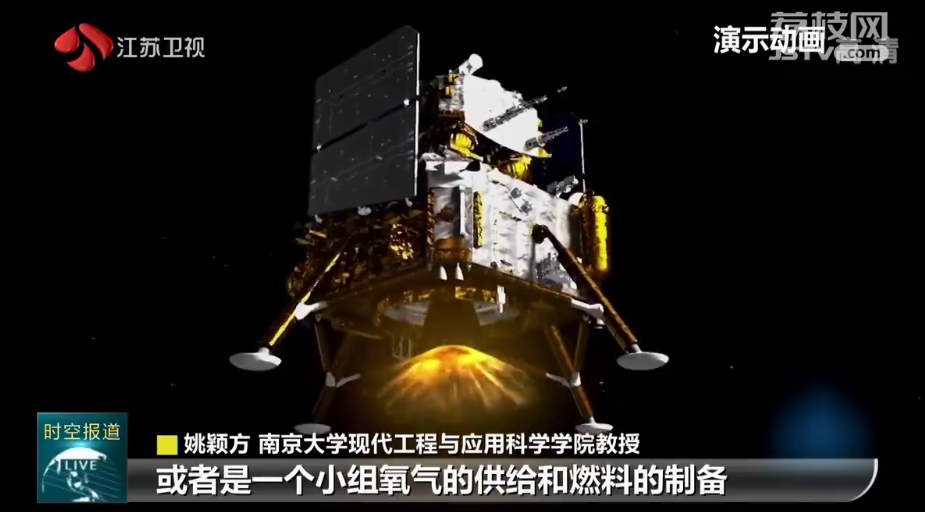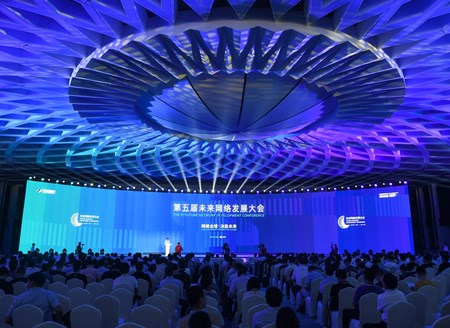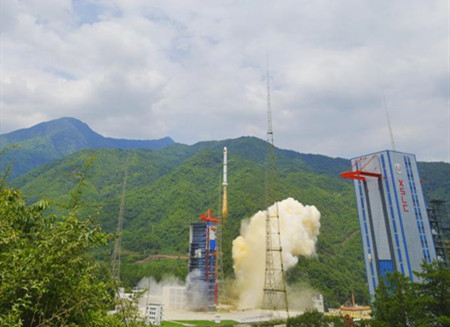The research team from Nanjing University found that some components in the lunar soil samples brought back by the Chang'e 5 probe can act as catalysts to convert water and carbon dioxide into substances such as oxygen, hydrogen, methane and methanol that support extraterrestrial life.
In 2021, Nanjing University, as one of the joint team units organized by the China Academy of Space Technology, obtained the first 1 gram of lunar samples released.

The scientific research team that published the results used 0.2 grams to conduct research and found some characteristics of lunar soil.
Based on the above analysis, the research team proposes strategies and steps to realize extraterrestrial artificial photosynthesis by using lunar soil for the lunar environment.

By using the extremely low temperature of about -173°C at night on the moon, the research team can separate carbon dioxide from condensation from the air humans breathe.
By using sunlight, the Chang'e-5 lunar soil is used as an electron-catalyst for water splitting and a photo-thermal catalyst for carbon dioxide hydrogenation, thus the waste gas exhaled by humans and the water resources exploited on the lunar surface are converted into oxygen, hydrogen, methane and methanol.
Based on this system, humans may realize a "zero energy" extraterrestrial life support system that will truly supports lunar exploration, research and travel.





